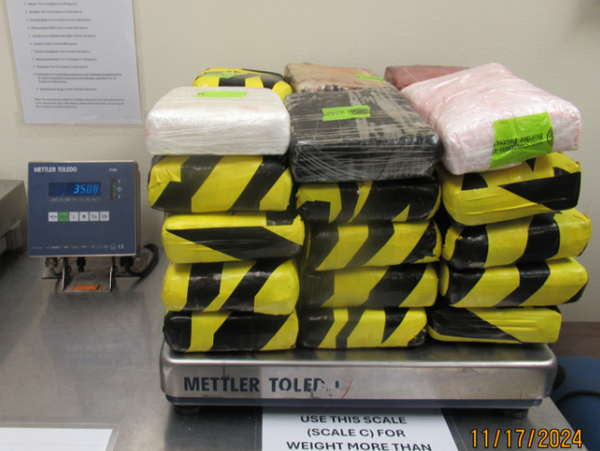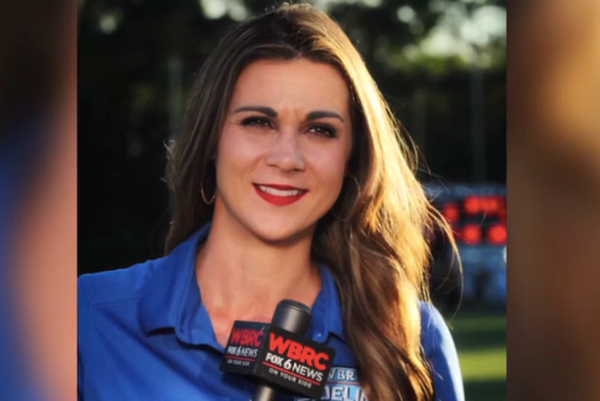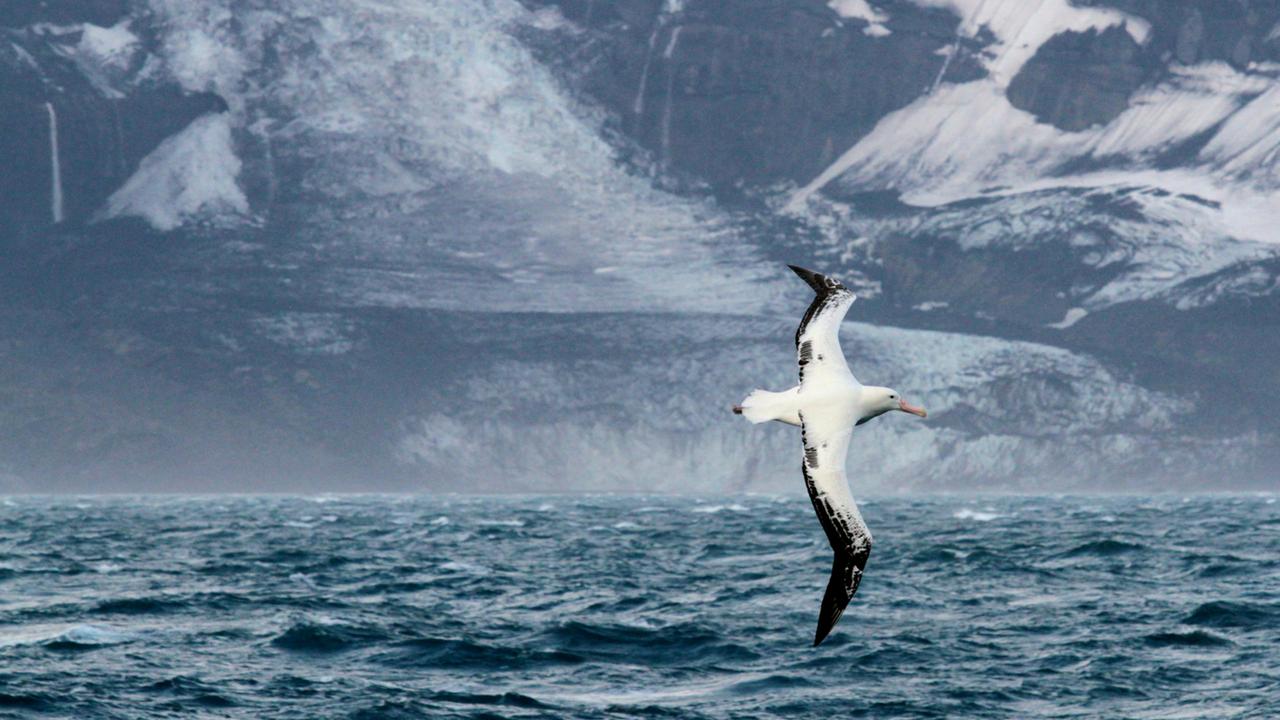
The federal government has downplayed any imminent risk of bird flu reaching Australia despite an unusual number of deaths in elephant seal pups on the sub-Antarctic territory of Heard Island.
Agriculture Minister Julie Collins says samples taken from the seals need to be tested under laboratory conditions to confirm whether the deadly H5 strain was responsible.
"I would reiterate that this is thousands of kilometres south of mainland Australia and is suspected but not yet confirmed," Ms Collins said.
Heard Island is about 4000km southwest of Perth, but seabirds such as albatross and shearwater are capable of covering much greater distances.
The short-tailed shearwater, which breeds in Australia, makes a 15,000km trans-equatorial migration annually.
Ms Collins conceded that the arrival of bird flu on Australian shores was inevitable.
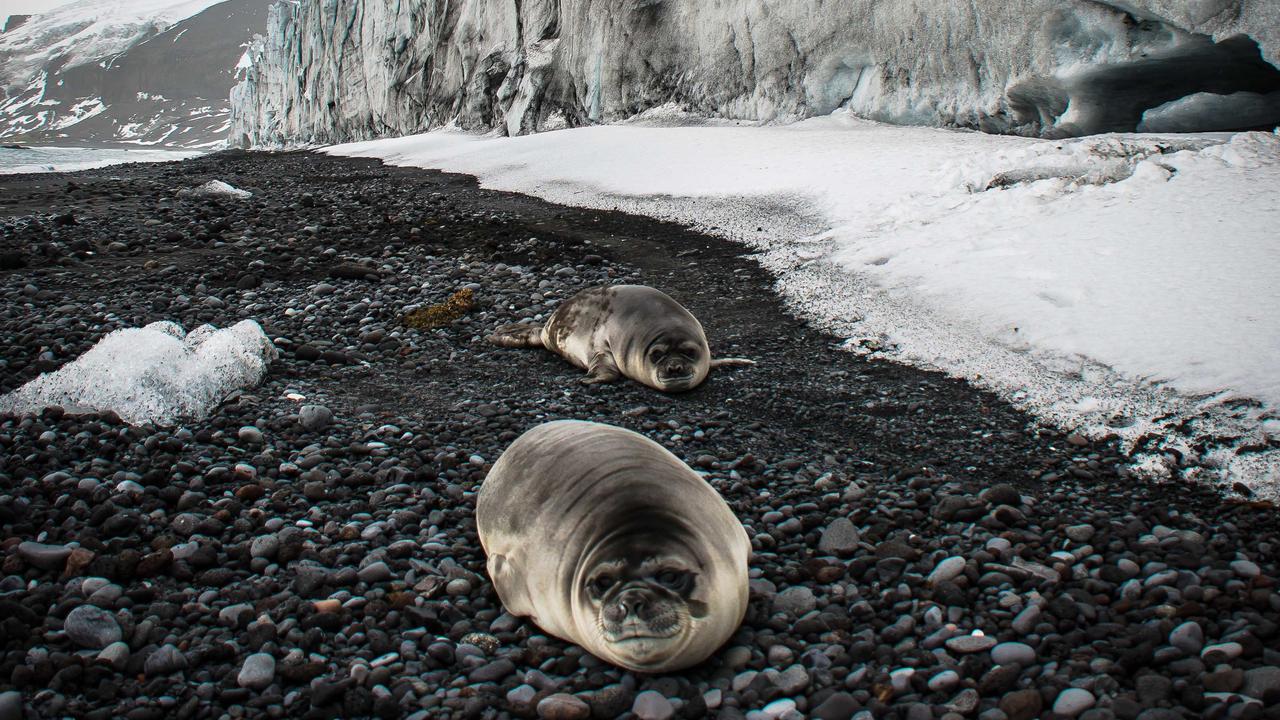
"We cannot stop this coming to mainland Australia because it would come via migratory birds if it was to come," she said.
The minister said the observations on Heard Island were not unexpected, given the strain has been detected on the French Kerguelen and Crozet islands, less than 450km away.
She repeatedly refused to confirm how many seals had died, saying only that it was "a larger than usual number" and denied that it was a mass mortality event.
Australia is the only continent free from the H5 strain, which has killed millions of birds globally as well as marine life including seals.
The federal government has pledged more than $100 million to enhance bird flu preparedness and response, noting the strain carries "significant risks for Australia's agricultural industries, unique wildlife and the national economy".
"We're as prepared as we can be," Ms Collins said.
"We have had departments working together across government and across tiers of government, also with industry, to prepare Australia as much as we can."
But environmental groups have warned that greater surveillance and more boots on the ground are needed to prepare the nation for bird flu's arrival.
"One of our major concerns when bird flu hits will be that there will be multiple outbreaks, in poultry and the wild," Invasive Species Council policy director Carol Booth said.
"That's when we'll really feel the lack of investment in biosecurity and environmental departments. It will be a people issue, a resource issue."
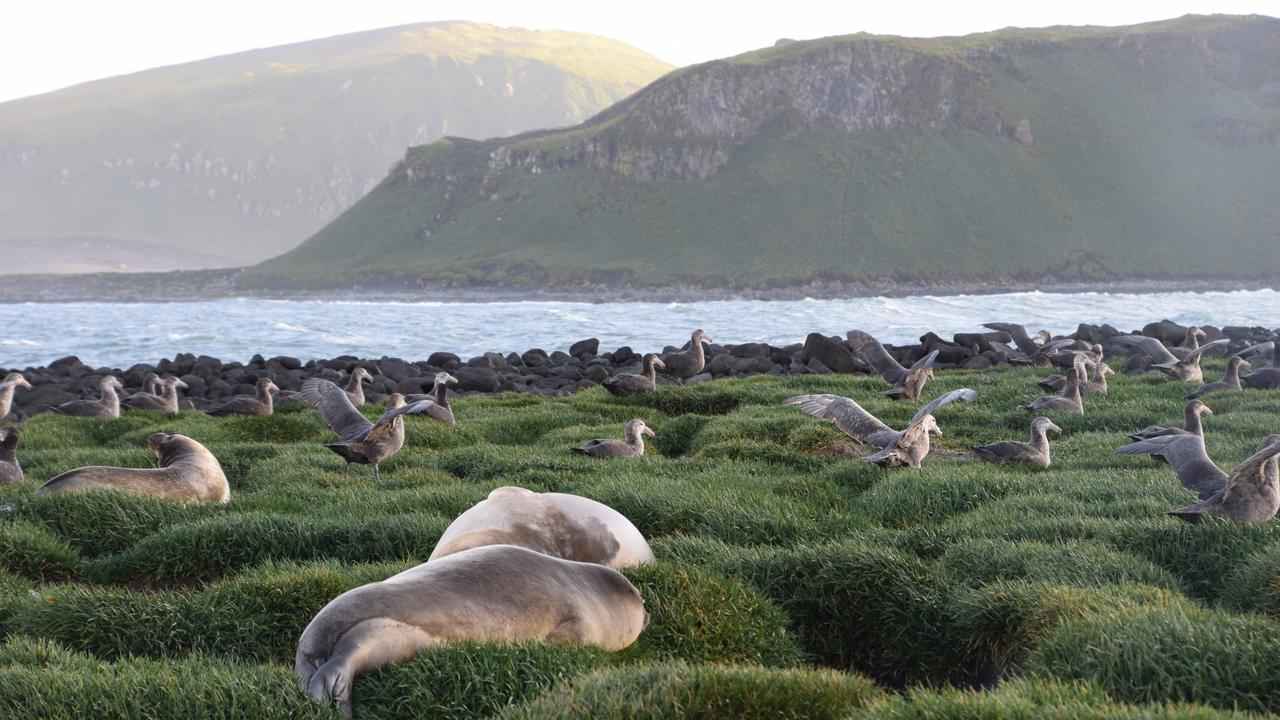
World Health Organisation avian flu researcher Michelle Wille also believes it is inevitable H5 will reach Australia's mainland.
Dr Wille said more surveillance of the strain was needed, given Australia's size and diversity of ways it could arrive.
"We've done a lot but there is always, always room for improvement," she said.
Testing on Heard Island samples will be conducted in mid-November when the nation's icebreaker RSV Nuyina returns from its Southern Ocean research mission.
The World Heritage-listed island is home to a vast array of wildlife and is an important breeding ground for various penguin species.

